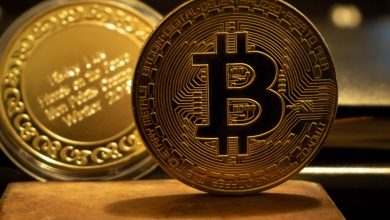Understanding NSE Nifty Futures

How about we start from the rudiments: Derivative is an instrument that gets its worth from fundamental resource’s exhibition. Fates is a subsidiary item, and purchasers and vendors of this item are limited by an agreement that obliges them to trade a binary or heap of factors called bases, for example, essential resources.
Nifty Future are usually exchanged prospects in India, the essential resource being NSE’s Nifty – benchmark list. NSE Nifty prospects depend on the available cost of protections from NSE – 50 and equal weightage. Clever changes since dependent exclusively upon NIFTY valuations will move pair just with NSE – 50 and thus is viewed as the perfect type of subordinate with a fundamental evaluating model that is exquisite yet basic. Anyway, however, Future is the ideal type of subsidiary; you can exchange a future agreement by just giving 8% of the full Value as SPAN Margin and Exposure Margins. The NSE SPAN edge while exchanging the NIFTY usually is 5%, and the openness edge is typically 3% using a demat account.
- Exchanging Symbol – NIFTY (Equity Derivative)
- Instrument Type – Index Futures
- Part Size (Units) – 75 Units
- NIFTY NSE SPAN Margin – 5%
- Nifty Futures NSE Exposure Margin – 3%
- Part Size (Value) – Rs. 5,00,000 (Approx)
- Hidden – NIFTY 50 Index
The NIFTY future can be exchanged typically with lower edge prerequisites than the short-term edge necessities. For example, with SAMCO’s section request item, you can exchange one part of NIFTY prospects with an intraday edge prerequisite of approx Rs. 8000. To check the intraday exchanging edge necessities, click here.
Before 2000, NSE and BSE were electronically worked value spot trades. Subordinate exchanging started in June 2000 with only one scrip viz. Clever. The name of this specific scrip has advanced from “S&P CNX Nifty” to “Clever 50”. “Clever 50” is the most exchanged future agreement with a turnover of over 10000+ crores daily. The rundown of India’s most elevated exchanged subordinates can be found on the NSE site using the demat account.
Nowadays, like Nifty, some of the sectorial files future agreements viz. Bank Nifty, NIFTYIT, and so on are likewise accessible to exchange. Clever variation tradable on Singapore Exchange (SGX) is again ordinarily known as SGX NIFTY.
Whatever has begun needs to end. The most extreme residency for a NIFTY prospect’s contract is three months. That implies you can purchase an agreement in January that Expires in March. A Future agreement terminates on the keep-going Thursday of the month. For E.g. the January future agreement will lapse on the last Thursday of January, and this agreement ending in January can be purchased at the earliest in November with a demat account.
One more significant thing to recall is part size. For example, the amount of Nifty50 prospects is 75 of every 1 parcel. It suggests one needs to trade the least amount of 1 part containing 75 units and indifferent of the equivalent. To exchange the NIFTY Future in India, one must have a subsidiary exchanging account with a SEBI Registered Stock Broker in India.





